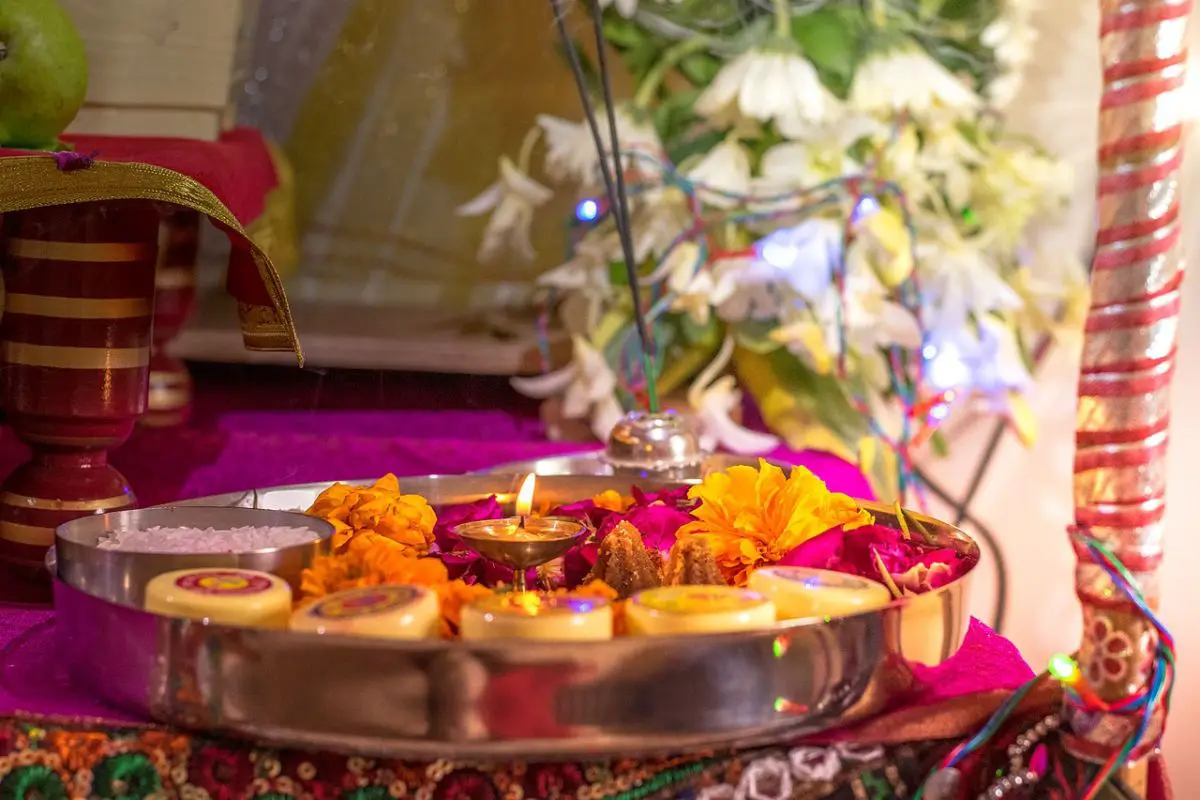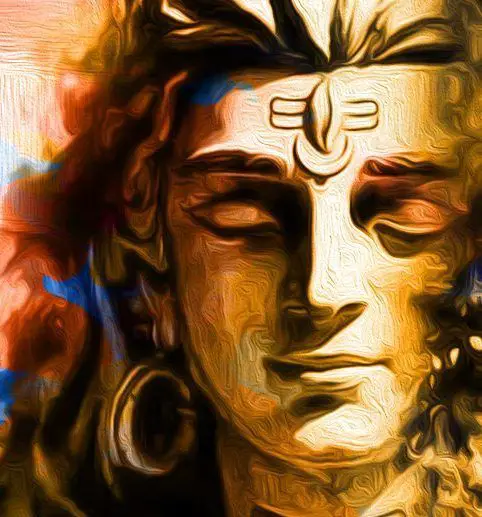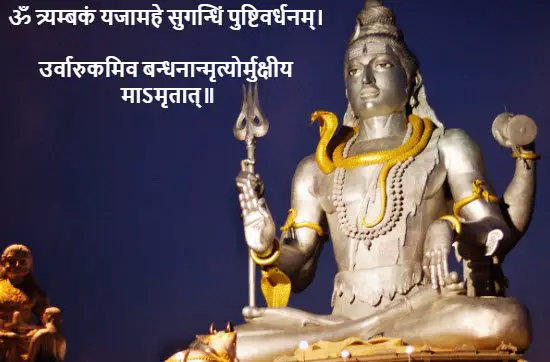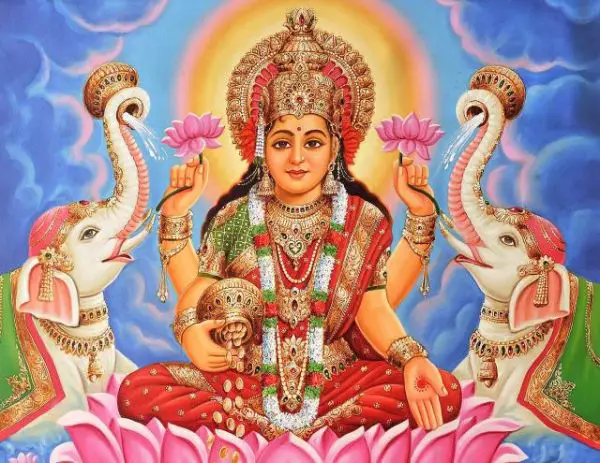Trikal Sandhya, also known as “Sandhyopasana,” is all about reciting mantras from the Vedas. Here, you’ll come to know about Trikal Sandhya and Trikal Sandhya Shlok. Let’s get started.
Table of Contents
What is Trikal Sandhya?
Trikal Sandhya is the daily worship performed three times during the dawn, midday, and dusk.
Here, “Trikal” means three times, and “Sandhya” is the meeting point of day and night as well as forenoon and afternoon.
The three Sandhya worships are as follows:
- Pratah Sandhya (Morning Worship)
- Madhyamika Sandhya (Noon Worship)
- Sayam Sandhya (Evening Worship)
Usually, Hindu men that have been initiated into the Gayatri Mantra perform Trikal Sandhya.
Hindus came out with this worship for expressing gratitude towards nature and formless almighty.

The benefits of performing Trikal Sandhya have been mentioned in the Hindu Shastras.
It helps in fulfilling desire and eradicating grief from life. It is believed that performing this prayer awakens dormant energies in human beings.
It strengthens human intellect and makes our life brighter and successful. In fact, Trikal Sandhya worship synchronizes our body, mind, and soul with the Universe. It even destroys the sins done unknowingly.
What is the timing of Trikal Sandhya?
Trikal Sandhya is done during the morning, midday, and evening. The timing is as follows:
- In the morning: It is done before sunrise when Nakshatras are visible.
- In midday: It is done ten minutes before noon.
- In the evening: It is done ten minutes before sunset
What is the process of doing Trikal Sandhya?
Trikal Sandhya includes the following stages:
- Achamana
- Anga Vandana
- Ganapati Dhyana
- Argya Pradhan
- Prayanam
- Prayaschita Argyam
- Dhyana
- Gayatri Japa
The process of doing Trikal Sandhya has been described below:
- You should sit facing east, north-east or north. You should wear basil or Rudraksha beads
- Do Marjan: It is external purification by sprinkling water and chanting the mantra
- Purify your sitting mat: Chant the mantra and drop water
- Do Achamana: Sip water three times and take the names of “Narayana.”
- Clean your hands and chant the mantra
- Wear “pavitri” on both of your ring fingers
- Chant the Gayatri Mantra
- Tie the “Choti”
- Apply Tilak on your forehead
- Take Sankalp of doing Trikal Sandhya
- Do Pranayama three times and meditate on Lord Brahma, Lord Vishnu, and Lord Shiva.
- Do Surya-Upasthanam: Worship Lord Surya
- Mantra Proksanam: Do a prayer for the forgiveness of sins
- Do Gayatri invocation
- Do Nyasa: It involves touching of various locations on the body
- Perform Mudras: It is a symbolic gesture that involves the entire body
- Do Gayatri Upasthanam
- Do Abhivadana
Trikal Sandhya Shlok
Trikal Sandhya Shlokas are recited when you wake up before eating before you go to sleep.
The Shlokas have been listed below:
When you wake up
कराग्रे वसते लक्ष्मीः करमूले सरस्वती।
करमध्ये तु गोविन्द: प्रभाते कर दर्शनम॥
समुद्रवसने देवि पर्वतस्तनमंडले।
विष्णुपत्नि नमस्तुभ्यं पादस्पर्श क्षमस्व मे॥
वसुदेवसुतं देवं कंसचाणूरमद्रनम्।
देवकीपरमानन्दम कृष्णं वन्दे जगद्गुरुम्॥
The Translation:
Karagre vasate Lakshmeehi Karamoole Sarasvatee |
Kara-madhye tu Govindah Prabhaate kara-darshanam ||
Samudra-vasane Devi Parvata-sthana-mandale |
Vishnupatni namas-tubhyam Paada-sparsham kshamasva me ||
Vasudeva-sutan Devam Kansa-Chaanura-mardanam |
Devaki-paramaa nandam Krushnam vande jagad-gurum ||
Before eating
यज्ञशिष्टाशिनः सन्तो मुच्यन्ते सर्वकिल्विषैः।
भुञ्जते ते त्वघं पापा ये पचम्त्यात्मकारणात्॥
यत्करोषि यदश्नासि यज्जहोषि ददासि यत्।
यत्तपस्यसि कौन्तेय तत्कुरुष्व मदर्पणम्॥
अहं वैश्र्वानरो भूत्वा ग्राणिनां देहमाश्रितः।
प्राणापानसमायुक्तः पचाम्यन्नं चतुर्विधम्।।
ॐ सह नाववतु सह नौ भनक्तु सह वीर्यं करवावहै।
तेजस्वि नावघीतमस्तु मा विहिषावहै।।
ॐ शांतिः शांतिः शांतिः।।
The Translation:
Yagna-shishtaa-shinah santo muchyante sarva-kilbishaih |
Bhunjate te tvagham paapaa ye pachantyaatma-kaaranaat ||
Yat-karoshi yadashnaasi yaj yaj-juhoshi dadaasi yat |
Yat-tapasyasi Kaunteya tat-kurushva madarpanam ||
Om saha naa-vavatu saha nau bhunaktu saha viryam karavaa-vahai |
tejasvi naa-vadhi-tamastu maa vidvishaa-vahai ||
Om shaantih shaantih shaantihi
Before you go to sleep
कृष्णाय वासुदेवाय हरये परमात्मने।
प्रणतक्लेशनाशाय गोविन्दाय नमो नमः॥
करचरणकृतं वाक् कायजं कर्मजं वा
श्रवणनयनजं वा मानसं वाअपराधम्।
विहितमविहितं वा सर्वमेतत् क्षमस्व
जय जय करुणाब्धे श्री महादेव शंभो॥
त्वमेव माता च पिता त्वमेव
त्वमेव बन्धुश्च सखा त्वमेव।
त्वमेव विद्या द्रविणं त्वमेव
त्वमेव सर्वं मम देवदेव॥
The Translation is as follows:
Krushnaaya Vaasudevaaya haraye Parmaatmane |
Pranata-klesha-naashaaya Govindaaya namo namah ||
Kara-charan-krutam vaak-kaaya-jam karmajam vaa
shravana-nayanajam vaa manasam va-aparadham |
Vihitam-avihitam va sarva-me-tat kshamasva jaya jaya karunaabdhe
Shree Mahaadeva Shambho ||
Tvameva maataa cha pitaa tvameva tvameva bandhush-cha sakhaa tvameva |
Tvameva vidyaa dravinam tvameva tvameva sarvam mama deva-deva ||
It would be best if you remembered that this is a daily practice and is recommended in Hindu Shastras for attaining peace and fulfillment in life. It tends to maximize the results of spiritual practices.
Some Tantric traditions have included the “fourth” Sandhya, which is practiced during midnight. However, this is not practiced by the commoners.
Doing the prayer helps to eradicate our sins and instills positivity in our lives.
One should perform prayer three times a day. Performing Gayatri Japa is considered very crucial in Trikal Sandhya.
Those who practice the prayer derive energy from meditation and Mantra Japa.
Even Hindu scriptures sing praises of doing Trikal Sandhya. One of the slokas of Atri Samhita brings out the benefits of performing Trikal Sandhya:
संध्यामुपासते ये तु सततं संशितव्रताः ।
विधूतपापास्ते यान्ति ब्रह्मलोकं सनातनम् ॥
Atri Samhita 1.26 ||
Meaning: One who practices Trikal Sandhya regularly (with perseverance), all their sins are destroyed, and they eternally reside in Brahmaloka.
So, that’s all in this post on Trikal Sandhya. We hope that you found this post beneficial.
Thanks for visiting us.




